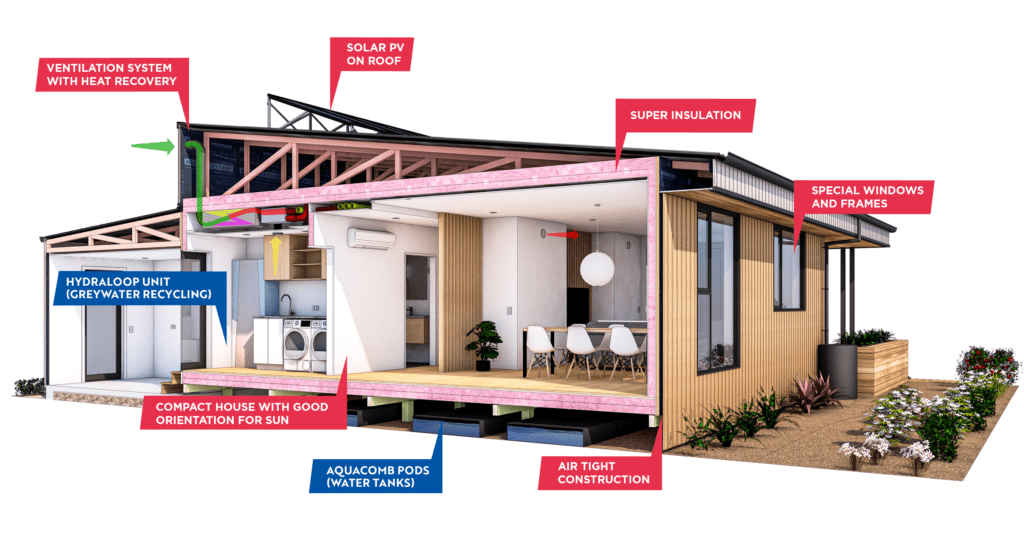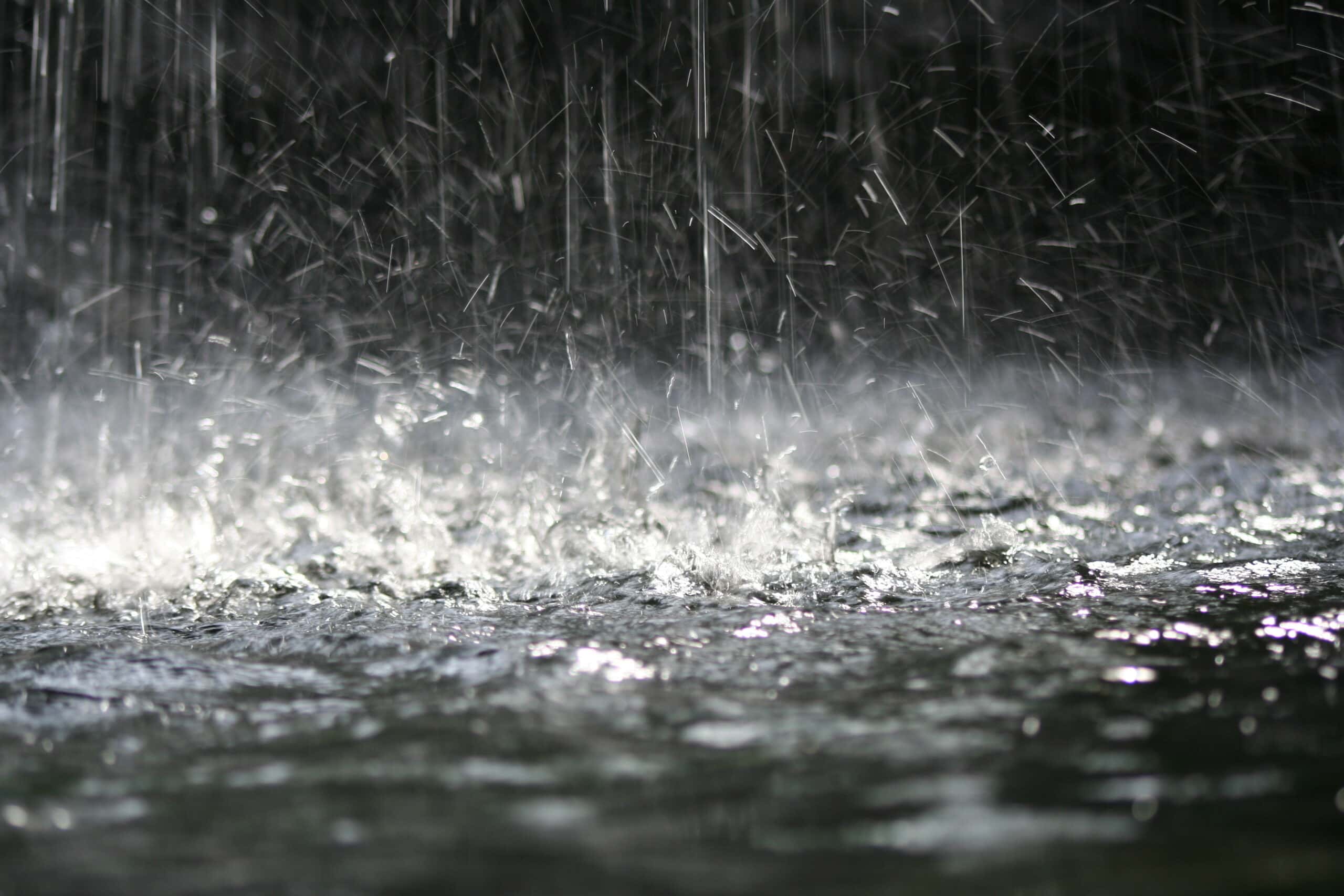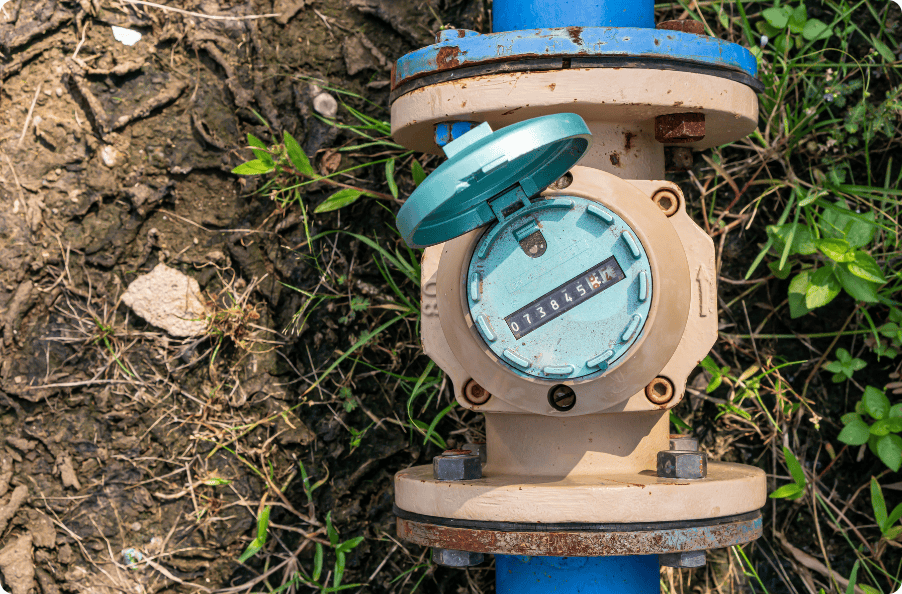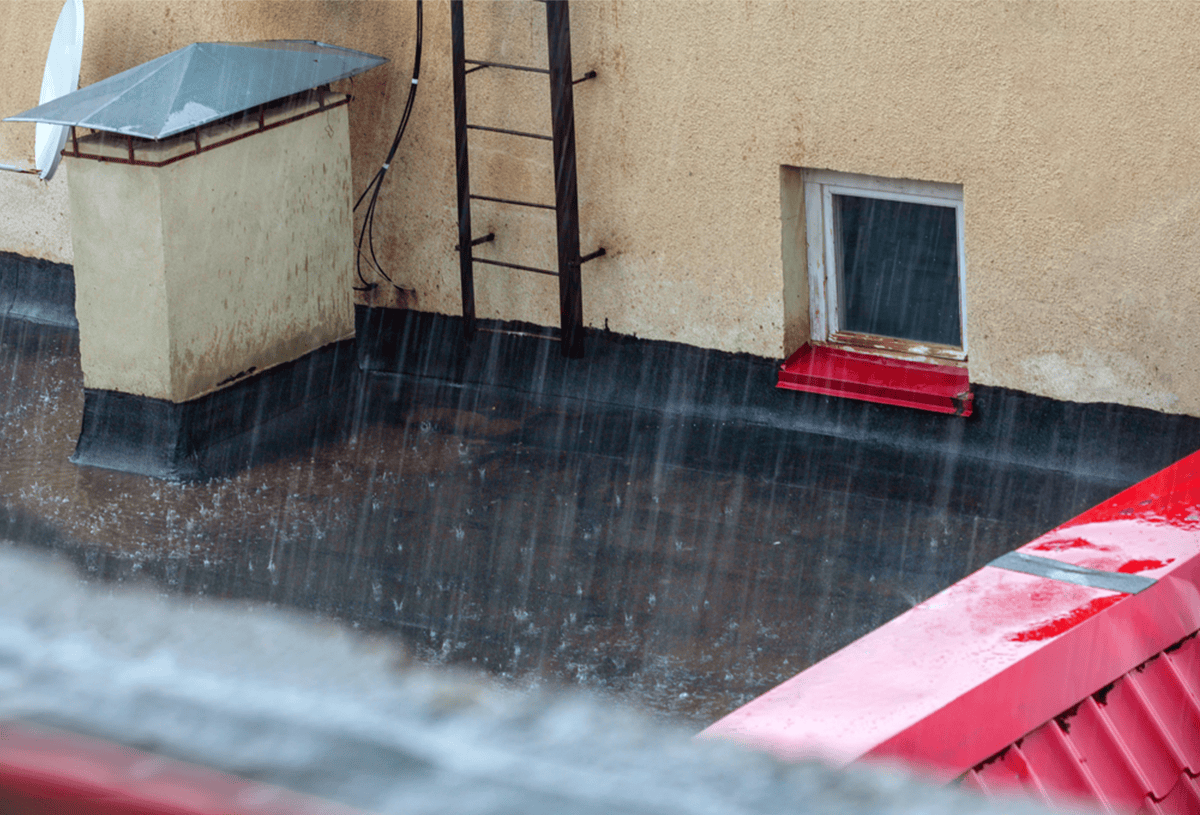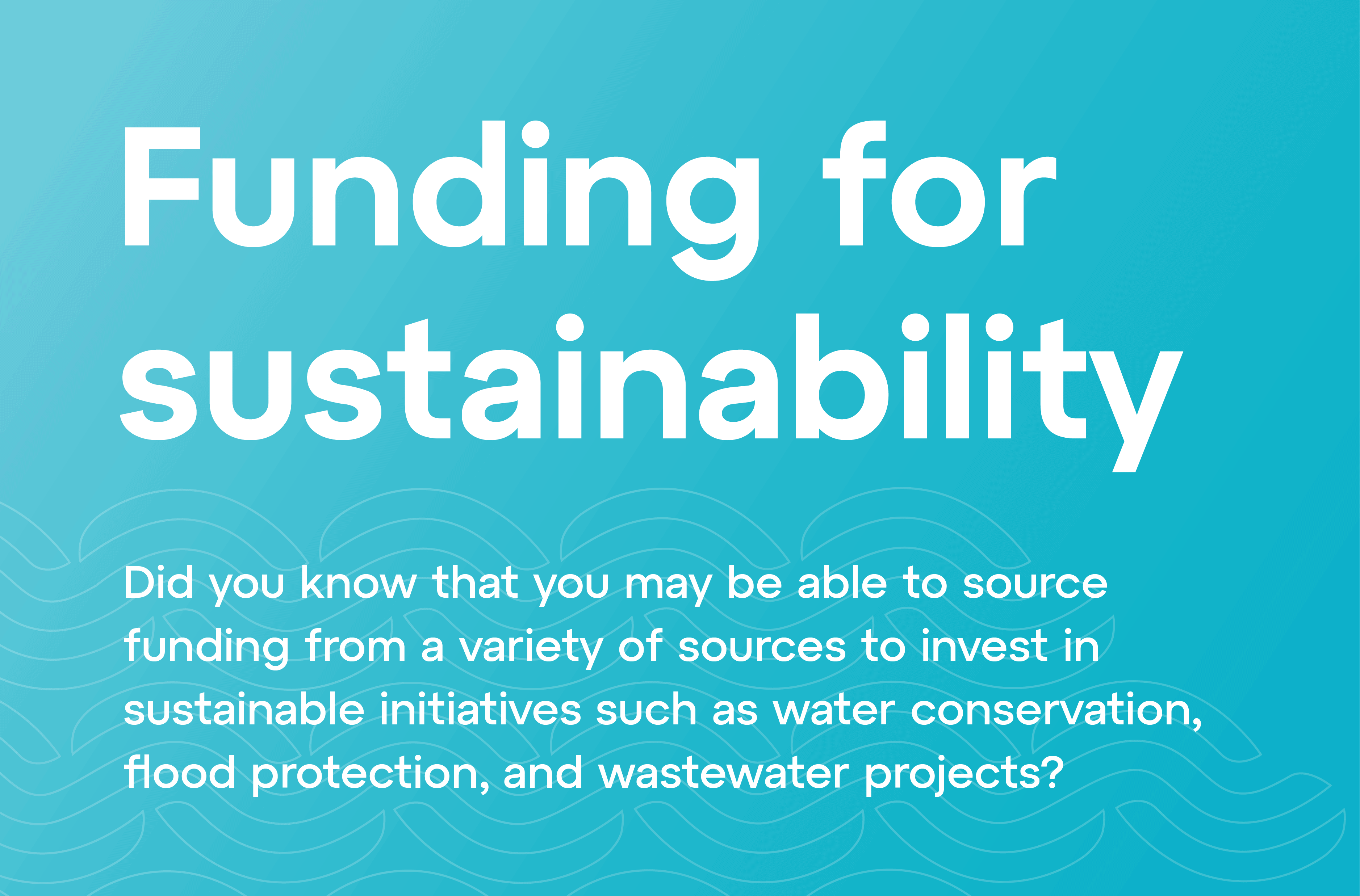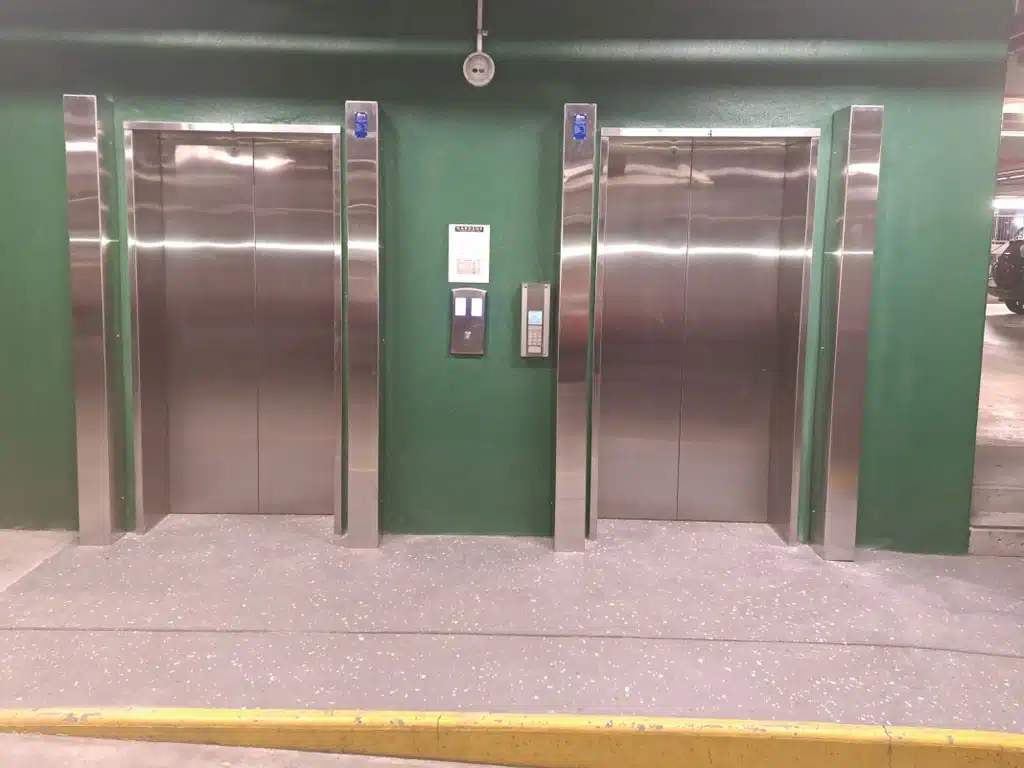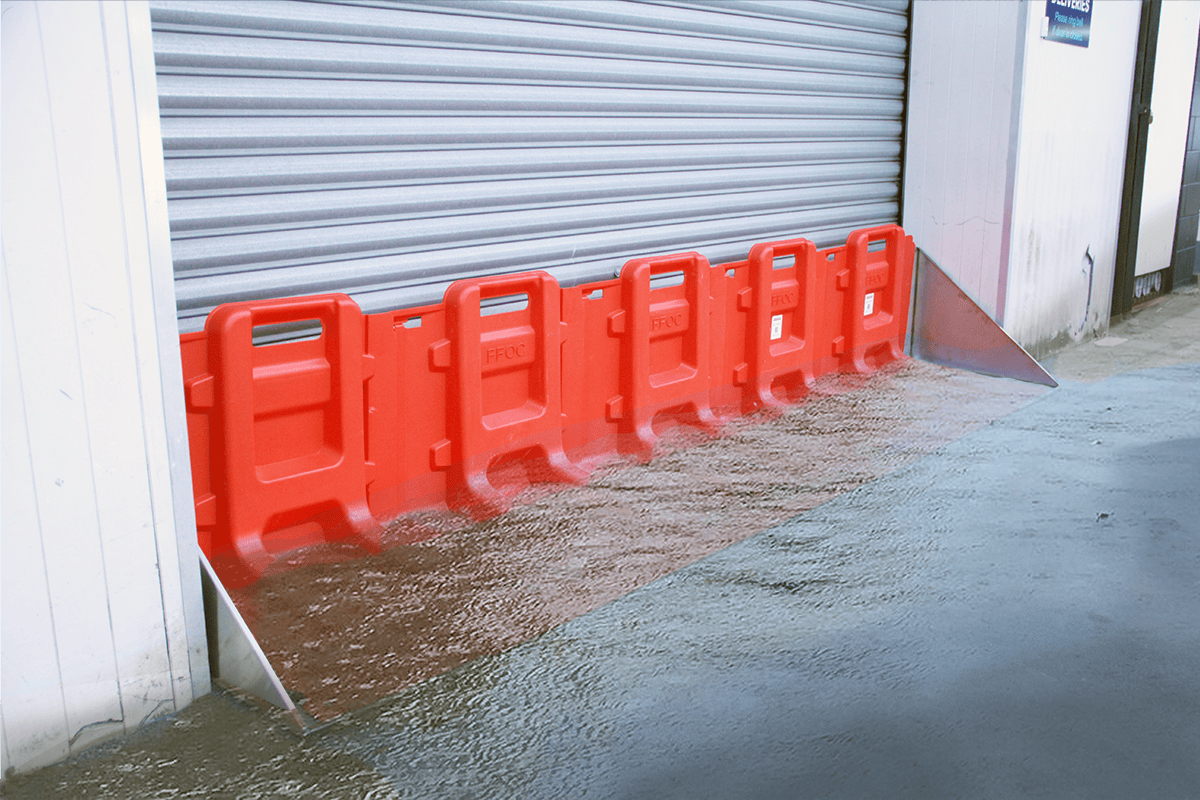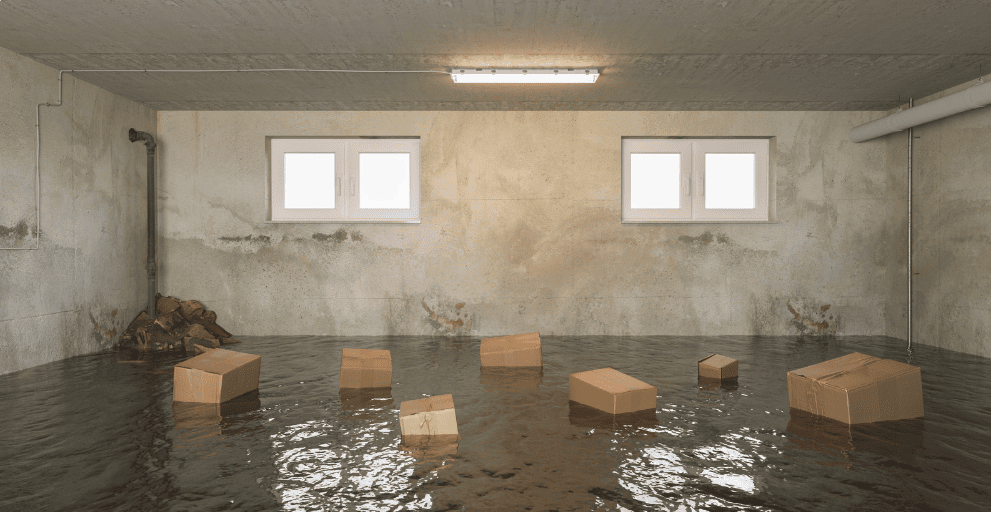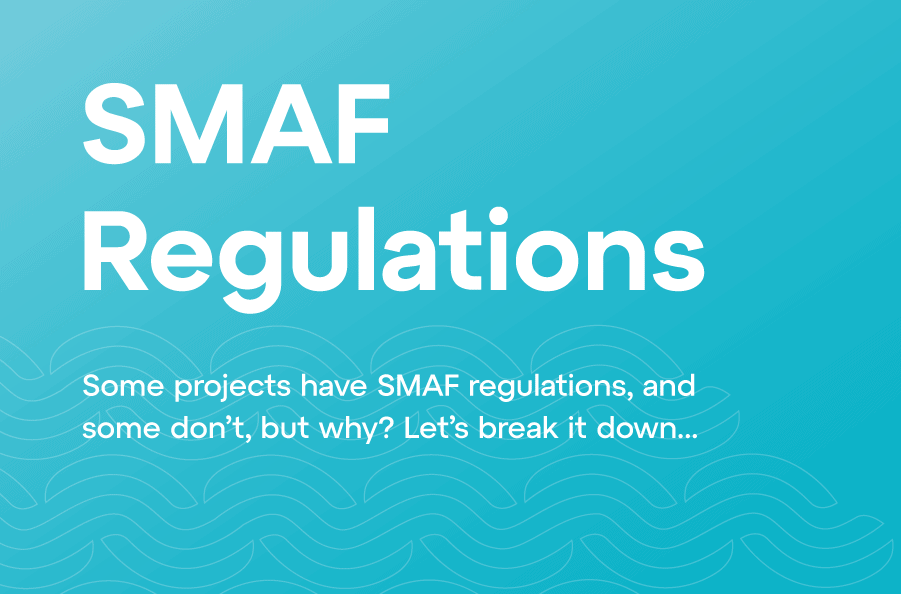When attending a number of conferences around the country over recent weeks, the challenge of funding to enable growth kept emerging as a core topic – and within it the issues of infrastructure stress, funding and resilience.
Our attention was particularly grabbed by a point made with power by noted economist Shamubeel Eaqub at the Green Building Summit in May. When discussing the practical risks of development, Shamubeel said that Councils can’t carry the burden of growth as the numbers just don’t stack up (see his maths in the image, below)
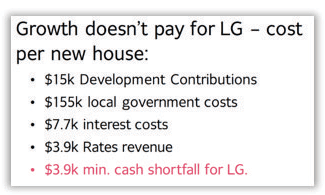
Data from Shamubeel Eaqub’s presentation
Then, when attending the UDINZ Panel on District Plan Changes In The Wellington Region, we heard again the issue of intensification: ‘it is more efficient, but it’s not cheap’, asking ‘how will infrastructure be funded, and will it be profitable to develop amid an evolving Development Contributions environment?’
At Watersmart our view has consistently been that a decentralised water structure is both more affordable and more likely to improve system-level resilience. Many cities around the world have realised that decentralisation – focusing at a site-by-site level rather than on a city-wide basis – is effective. Harvesting rainwater on site can nearly halve on-site water bills, which has been proven at Hobsonville Point, where water bills are roughly half that seen across the rest of Auckland. It can also halve the amount of potable generation requirements on the part of the water authority.
If stormwater detention tanks are required for the development of every new dwelling, and people with older homes are incentivised to retrofit them, we could offset much of the capital outlay on system-wide assets, and make every home more resilient. As you can see by the huge demand for water tanks all of a sudden in Wellington, saving rainwater makes a big difference.
Further, we advocate water metering in order to better understand what water costs in a region. It is astonishing to us that this is not commonplace everywhere in New Zealand. In many major centres they don’t even meter water, so they don’t know who’s using what water. When Auckland introduced water meters, 25% water use was saved from that day on. Then, when water charging began, another 25% was saved. So, as we see it, a first thing to do is to meter water because it results in immediate savings, which would offset the cost of installing water meters.
To see some of the ways in which infrastructure stress can be reduced through a decentralised approach, we recommend you visit the Fletcher Living LowCO pilot house. Opened in April, the 3-bedroom detached home at Waiata Shores in Manukau is the key feature of the Low Carbon 1.5°C Homes Pilot (aka LowCO) that showcases many new ways in which New Zealand homes could constructed in the future in order to reduce impacts on the environment.
LowCO features two of Watersmart’s innovative solutions: Aquacomb®, a complete hidden solution for water reuse and detention, and Hydraloop®, the world’s first consumer-friendly in-home water recycling system.
The home is designed to meet the 2030 MBIE new-build water use cap (75L/P/D) in 2024. The cap represents a 53% reduction in water use based on the average Auckland residential home (160L/P/D). Modelling shows LowCO will exeed this target.

